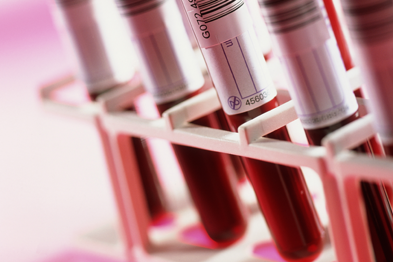There is no doubt that blood transfusion is essential for many reasons. Blood taken from donors is nessesary after major surgerys, deliverys, burns or injurys. The idea of artificial blood or blood substitute was embarked almost 60 years ago and become very bold after emergence of HIV in 1980`s. And there are many reasons, why it is still alive. Firstly, a disease-free source of blood is incredibly beneficial. Secondly, artificial blood can be stored for much longer than transfusable blood, and can be kept at room temperature. In addition, aging population requires more and more operations that often involve blood transfusion. Oxygen carrying blood substitutes also would become an alternative for those patients that refuse blood transfusions for religious or cultural reasons, such as Jehovah`s witnesses.
Unfortunately, some clinical trials of man-made blood products had disappointing results with some unwanted side effects. However, few products are worth to mention.
Hemopure is made of chemically stabilized, cross-linked bovine (cow) haemoglobin situated in a salt solution. It has been developed for potential use in human as an oxygen carrier in cases when donated blood is not available or is not suitable. Hemopure is stable for 36 months at room temperature. However, some reasearchers have raised fears that any medical product made from animals presents a risk of introducing new diseases to people. Side effects include slightly increased risk of stomach pain, weakness, hypertension, jaundice and nausea.
Another, slightly different, product making its way through clinical trials in Europe is MP4. This is an agent given together with blood to improve the oxygen transfer to tissue. The heamoglobin for MP4 comes from out-of-date human blood, rather than the bovine blood used for Hemopure.
Another potential route to blood subtitutes is to grow human red blood cells extracted from umbilical cord - a technique called blood pharming. This could produce a relatively universal (O (I) Rh-) and completely workable blood. If all goes according to plan, the use of such artificial blood could become a routine part of emergency medicical practise in about ten years time.
For more details Chemistry World.
Picture from gponline.com.

 Researchers regrow corneas using adult human stem cells
Researchers regrow corneas using adult human stem cells